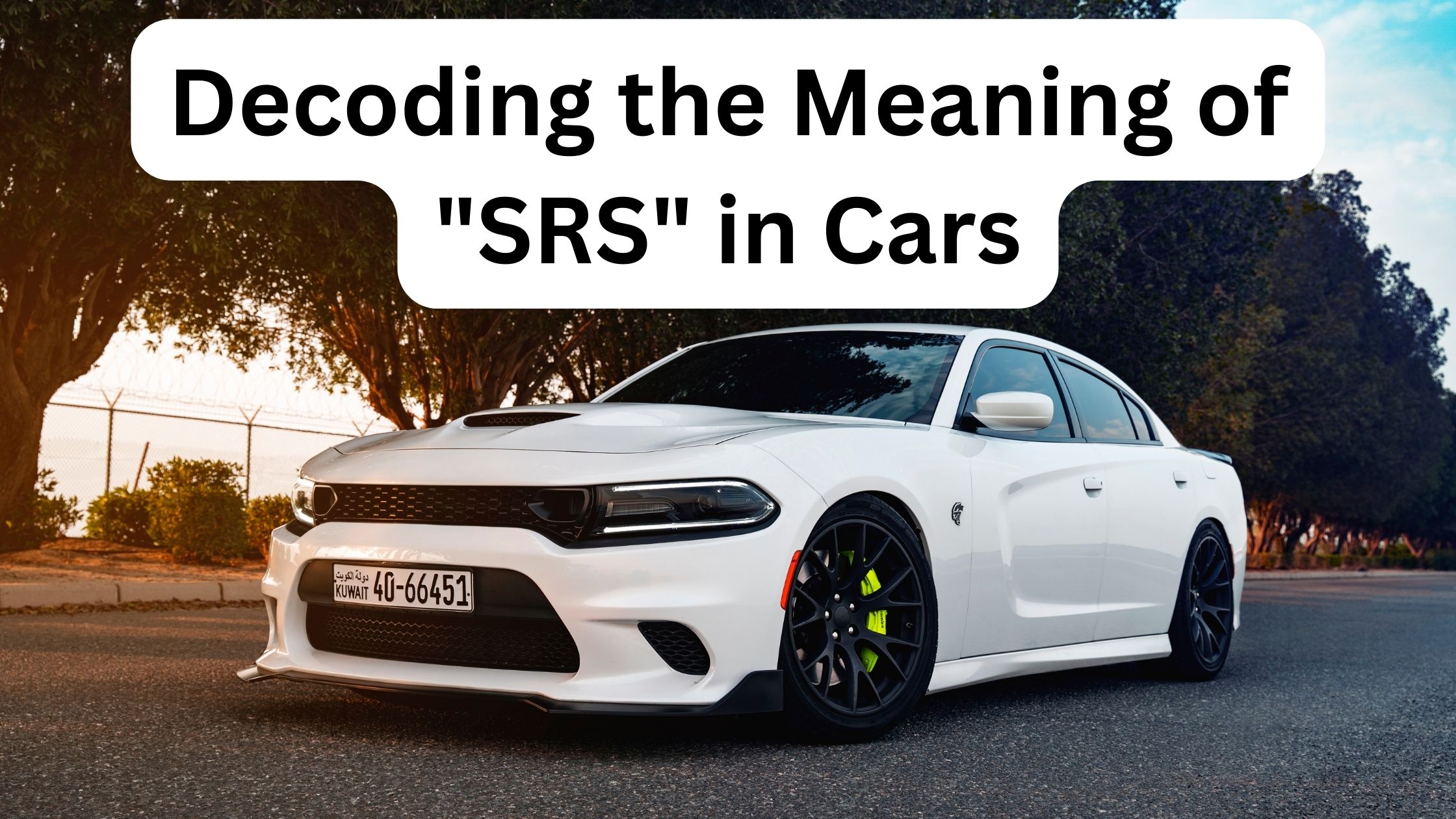If you’ve ever glanced at the dashboard of your car, you’ve probably noticed the abbreviation “SRS” accompanied by a warning light. While this acronym may seem cryptic at first, understanding its significance can provide valuable insight into an essential safety feature found in modern vehicles.
SRS stands for “Supplemental Restraint System,” and it refers to the advanced system designed to protect occupants during a collision. This system encompasses various components, including airbags, seatbelt pre-tensioners, and sensors that detect the severity and direction of an impact.
The Airbag Revolution
Airbags are undoubtedly the most well-known component of the SRS. These inflatable cushions are strategically placed throughout the vehicle, typically in the steering wheel, dashboard, and side panels. In the event of a moderate to severe collision, sensors detect the sudden deceleration and trigger the airbags to rapidly inflate, providing a protective barrier between the occupants and the vehicle’s interior surfaces.
While airbags have been around since the 1950s, their widespread implementation in passenger vehicles didn’t occur until the late 1980s and early 1990s. Nowadays, most vehicles come equipped with multiple airbags, including frontal airbags for the driver and front passenger, side airbags, and even curtain airbags that deploy from the roof rails to protect occupants’ heads during side impacts or rollovers.
Seatbelt Pre-tensioners
Enhancing Restraint Effectiveness Another crucial component of the SRS is the seatbelt pre-tensioner. These devices are designed to automatically tighten the seatbelts during a collision, ensuring that occupants are firmly secured and minimizing potential movement or ejection from the vehicle.
Pre-tensioners work in conjunction with the airbags, providing an additional layer of protection. By removing any slack in the seatbelt webbing, they help to position the occupant correctly for optimal airbag deployment and ensure that the restraint system works as intended.
Collision Sensors
The Brain of the SRS At the heart of the SRS lies a sophisticated array of sensors that continuously monitor the vehicle’s movement and acceleration. These sensors are strategically placed throughout the vehicle, typically near the front and sides, to detect the force and direction of an impact.
When a collision occurs, the sensors relay this information to the SRS control module, which analyzes the data and determines whether the event warrants the deployment of the airbags and activation of the seatbelt pre-tensioners. This decision is made within milliseconds, ensuring that the occupant protection systems are activated promptly and efficiently.
The SRS Warning Light
Staying Vigilant The SRS warning light on your dashboard serves as a crucial indicator of the system’s operational status. If this light illuminates while driving, it could signify a malfunction or issue within the SRS components, such as a faulty sensor or a problem with the airbag deployment mechanism.
It’s essential to address any SRS warning light promptly, as a malfunctioning system may fail to protect occupants in the event of a collision. Most automotive manufacturers recommend having the system inspected and serviced by a qualified technician to ensure its proper functioning.
Also Read:
- What Does FBO Mean for Cars? Understanding Factory Blown/Built
- What Does “OBO” Mean When Selling a Car?
Conclusion In conclusion, the SRS plays a vital role in protecting vehicle occupants during collisions. By combining airbags, seatbelt pre-tensioners, and sophisticated sensors, this system provides a multi-layered approach to mitigating the impact forces and reducing the risk of severe injuries. As technology continues to evolve, the SRS will likely become even more advanced, further enhancing the safety of our driving experiences.



[…] Decoding the Meaning of “SRS” in Cars […]